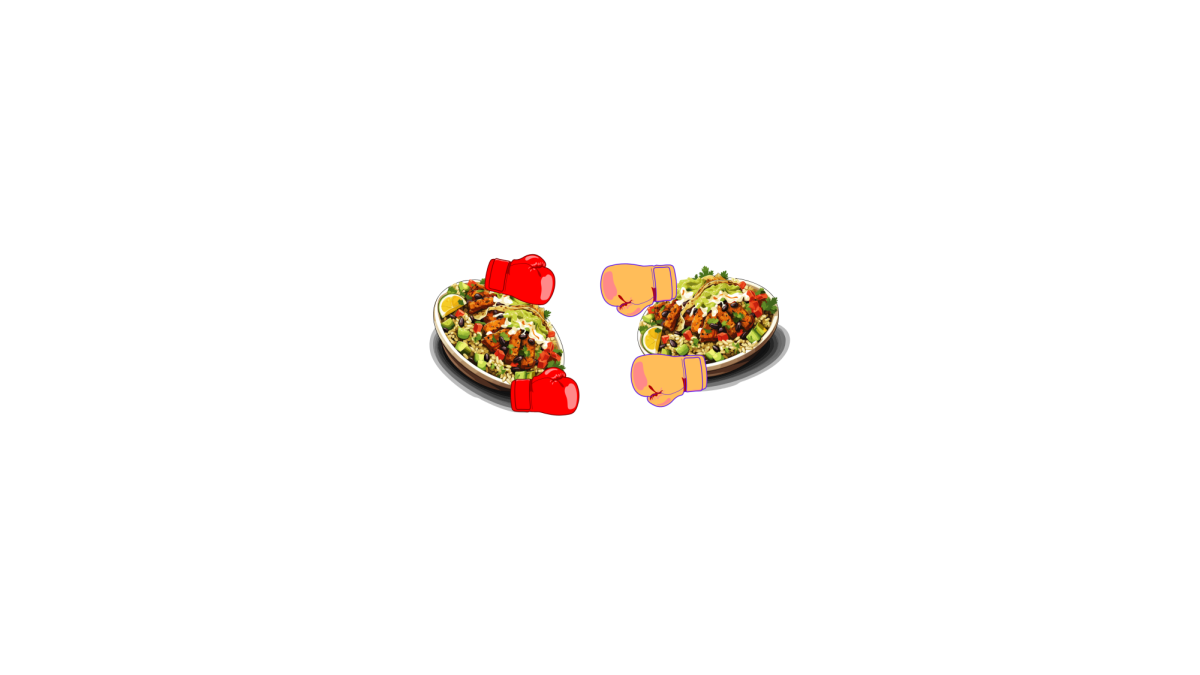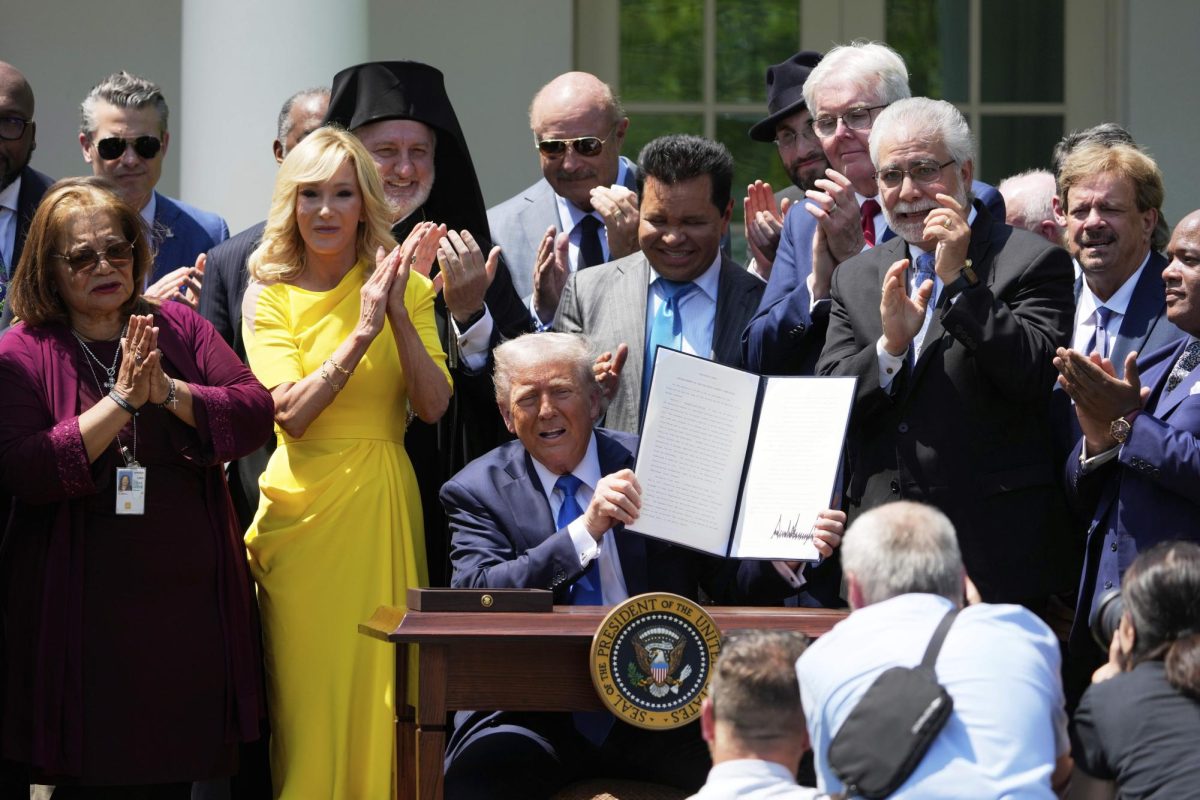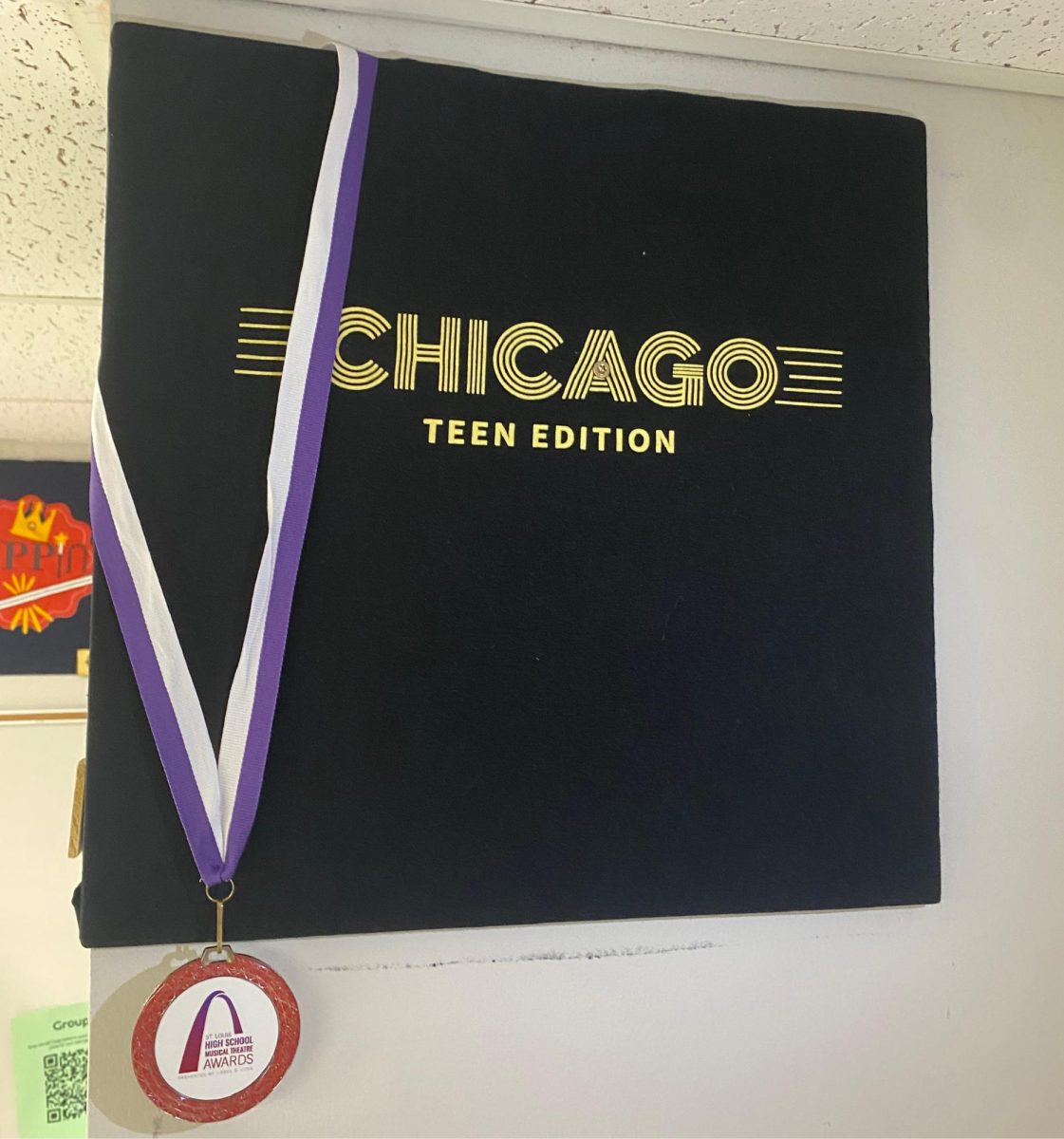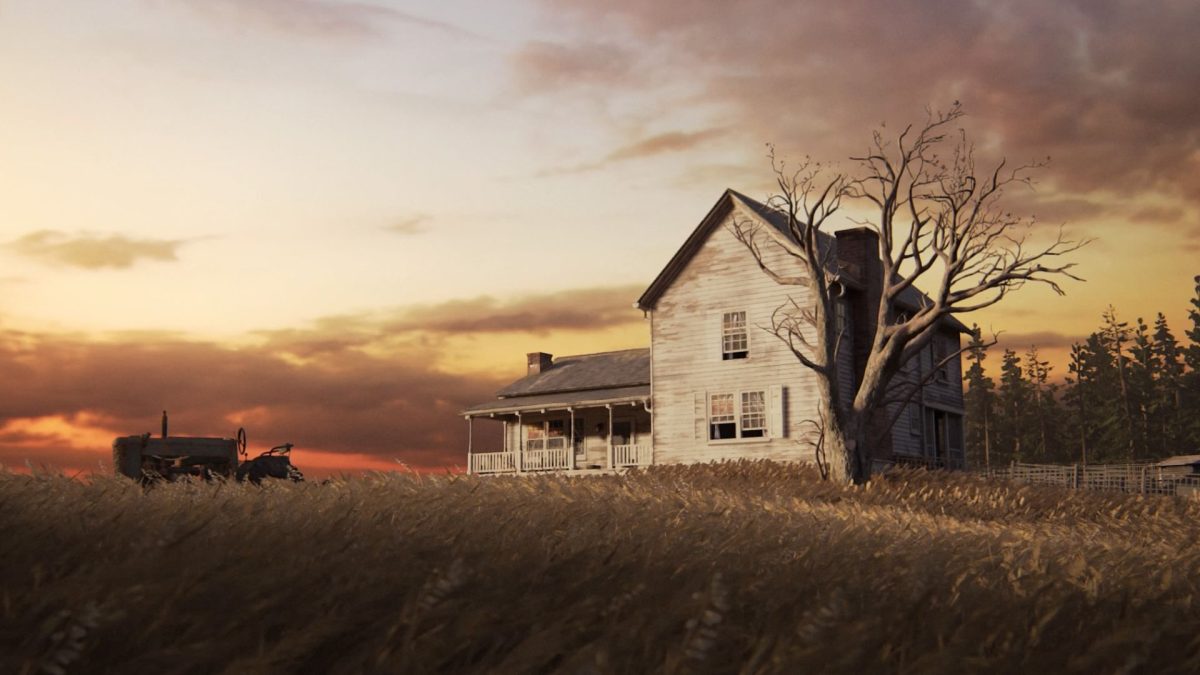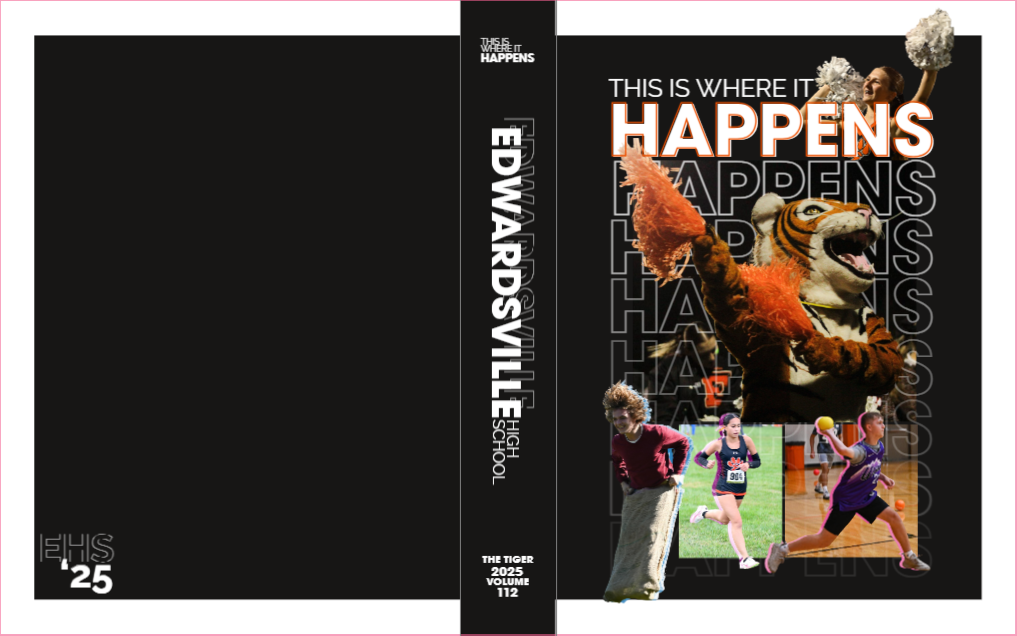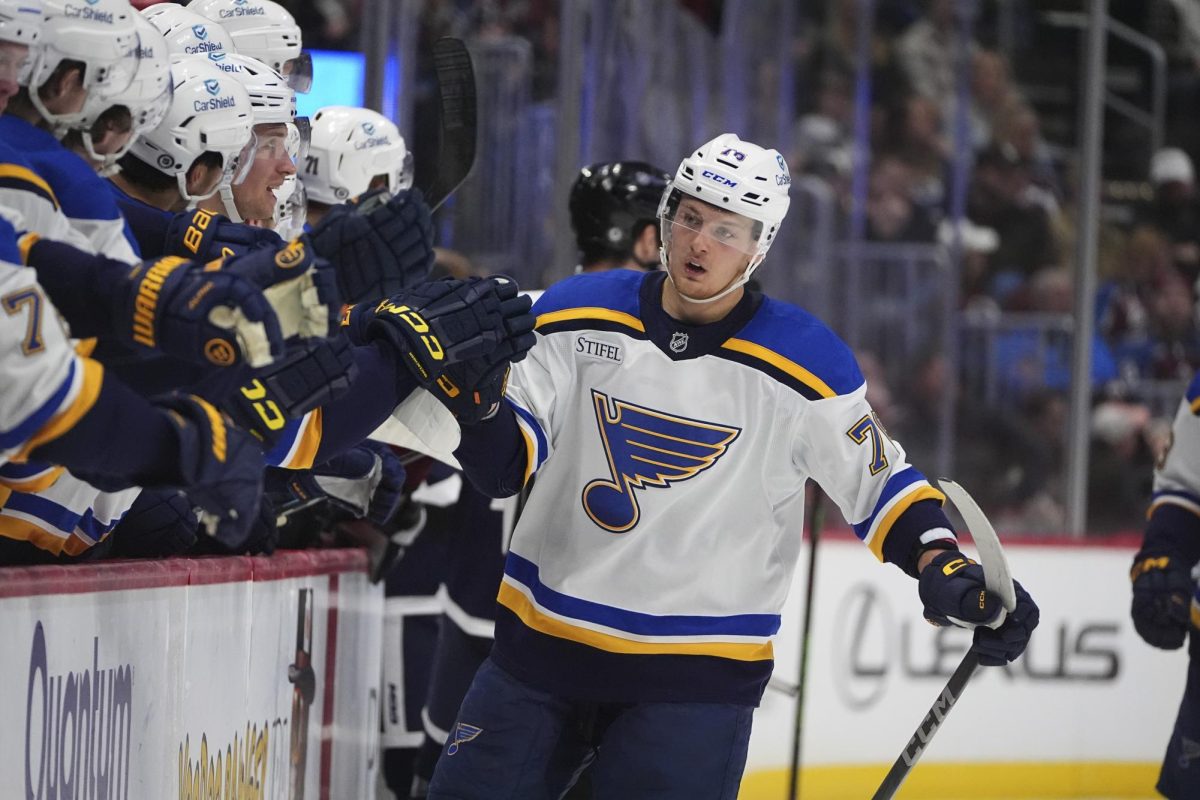Zack Snyder’s Creative Vision Triumphs in “Zack Snyder’s Justice League”
April 23, 2021
Following the tragic death of his daughter, Zack Snyder left “Justice League” and allowed Joss Whedon and Warner Bros. to take over his creative vision. The result was a stunningly boring film lacking substance and soul.
After the film’s release, fans and critics alike noticed how it seemed that the film suffered from a clash of visions between Zack Snyder and Warner Bros. (often referred to as a “Frankenstein film”).
This led to uproar among fans of the DC Extended Universe, who began to demand that an unconfirmed director’s cut, or the aptly named “Snyder Cut,” be released. After over three years of speculation, hysteria, confirmation and support from Snyder himself and hesitance from Warner Bros., “Zack Snyder’s Justice League” is now available to stream on HBO Max.
“Justice League” and “Zack Snyder’s Justice League” are only similar on a basic level: the new cut is presented in 3:4 aspect ratio, is double the length of the original, has entirely different character writing and plot and is superior to the original in every imaginable way.
The new cut stars the same actors playing the same characters, with Ben Affleck as Batman, Gal Gadot as Wonder Woman and Henry Cavill as Superman. Their performances are more substantive, compelling and emotional, but this has more to do with vastly superior character writing than anything else.
With a runtime of four hours and two minutes, “Zack Snyder’s Justice League” is overflowing with content, all of which serves to flesh out the characters, provide more eye-grabbing action and expand upon the story. This new content is so entertaining that the four hours feel shorter than the two hours of the original.
The first sections of the film serve solely to attach the audience to the characters; Batman is characterized as a steadfast leader carrying the weight of the world on his shoulders, Cyborg, played by Ray Fisher, is portrayed as a compassionate young adult outcast from society and Flash, played by Ezra Miller, is shown as an easygoing teen seeking belonging.
This focus on characterization doesn’t always serve to the benefit of the film; the sections dedicated to Cyborg and Flash are too long for their own good, as they have quite a few moments that are unnecessary to the film’s forward momentum.
The film’s action sequences are a cut above the standard superhero movie fare. Fights use the environment, superhero abilities and character relationship dynamics in clever ways to create dynamic and fluid battles, making it hard to keep your eyes off the screen.
These sequences range from massive struggles fought on horseback in an open field to dramatic fist-to-fist brawls fought in an underwater temple; no two fights are the same. It’s this diversity and the intelligence of the execution that make the film so entertaining.
Occasionally, Zack Snyder’s love for slow motion hampers the momentum that the action carries. A whopping 10% of the movie is in slow motion, which is a major hinderance to the otherwise solid pacing of the movie.
The movie takes place when an alien army, led by the menacing Steppenwolf, invades Earth in search of the three “Mother Boxes” to allow Steppenwolf to unlock the power necessary to conquer Earth. The Justice League then tries to prevent them from finding Mother Boxes as well as the “Anti-Life Equation” (corny, I know), which would give Steppenwolf’s master, the galaxy-destroying Darkseid, nearly unlimited power.
This allows the movie to progress in a linear, logical fashion, preventing the film from over-complicating itself or being dull while staying refreshing. It’s not the most groundbreaking plot, but it’s great enough to be entertaining and leave audiences with much to think about, especially for superhero film standards.
Zack Snyder is known for his melancholy approach to filmmaking, and Justice League is certainly no exception. But unlike Snyder’s “Batman v. Superman,” the film’s dark themes are executed flawlessly. There is no holding back when it comes to loss, emotional baggage or destruction and death; even the color pallet adds to the dreariness. It’s more than refreshing to see a superhero film successfully implement and indulge in such an approach.
For such a long superhero film to so captivating is a grand achievement. Not only is it a great movie, “Zack Snyder’s Justice League” is a triumph for the creative vision of directors, a stellar final act of Zack Snyder’s DCEU and a loving tribute to his daughter.


